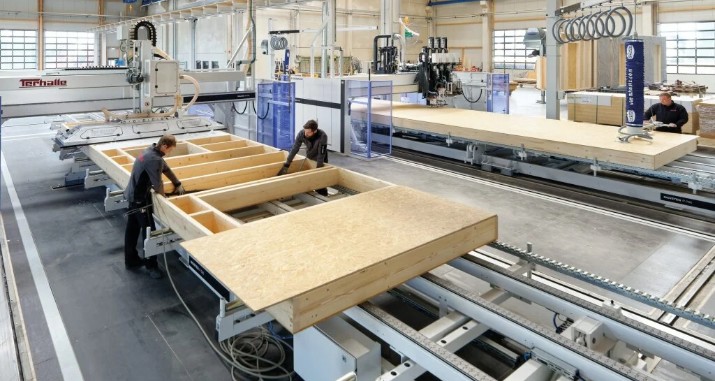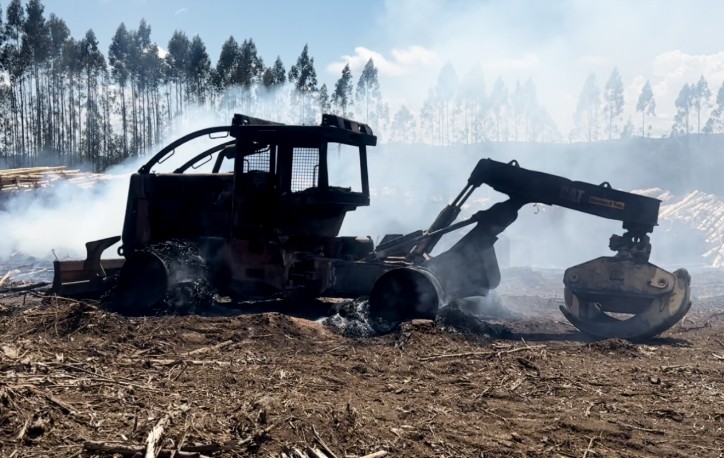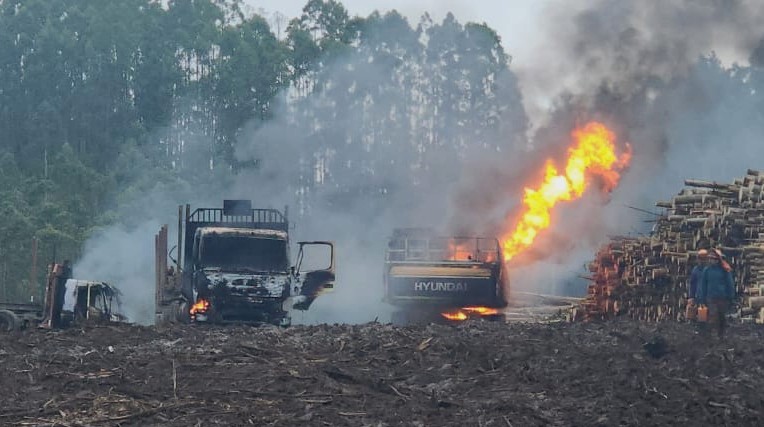Frane Zilic: "The State Must Push for Timber Construction Because No Private Entity Can Do It Alone"
The construction sector—in its most traditional form—is responsible for 11% to 12% of global carbon emissions, a figure that even surpasses land-based passenger transport, warned Frane Zilic, manager of Biobío Madera, who will speak on Thursday, August 14, at the Biobío 2050 Cycle: "Los Ángeles, Capital of Timber Construction." The executive defended the leading role of the State in transforming a sector where timber can capture carbon and create new business models for small and medium-sized enterprises (SMEs).
The executive highlighted the versatility and competitiveness of timber. However, he warned that only the State can enable better resource distribution and allow SMEs to become relevant players with rigorous quality standards.
In an interview with Radio San Cristóbal, Zilic contextualized the challenge: "Construction, like other sectors, faces global challenges. Climate change and the way we manufacture things clearly impact the environment and will have consequences at both global and local levels."
CONSTRUCTION: THE MOST POLLUTING SECTOR
The manager of Biobío Madera identified construction as one of the most material-intensive industries and, therefore, with the greatest environmental impact. He explained that the large amount of raw material that must be transported generates higher emissions than other manufacturing sectors.
"Around 11% to 12% come from construction, which is more than all land-based passenger transport," Zilic specified. Given this reality, he positioned timber as the only known alternative that "allows carbon capture instead of releasing it into the atmosphere."
This environmental advantage requires proper forest management, an area where the Biobío province "is well-positioned because we have an industry that meets international standards and certifications for a renewable industry."
THE STATE'S ROLE IN TRANSFORMATION
The figures reveal a significant gap in timber use for construction. While in Chile it represents about 15% of production, in the U.S., it accounts for 95% of residential infrastructure use.
Zilic attributed this difference to the lack of a single actor interested in promoting timber in construction. "The beauty of timber is its versatility," he explained, adding that if it fails in construction, it can be repurposed for other uses.
The specialist emphasized that timber construction requires training adjustments and technical understanding to ensure quality projects. He compared the situation to successful countries in the field: "Countries with timber construction have a State that ensures collective well-being, as no private entity can drive this industry alone."
For Zilic, the key lies in collaborative work. "This is what will help the material gain ground: with civil society and the media," he stated.
TRIPLE IMPACT: ENVIRONMENTAL, SOCIAL, AND ECONOMIC
The executive urged not to overlook any of the three dimensions timber offers. Besides being a renewable material preserved in structures, it facilitates industrialization processes due to being lightweight, durable, and easy to work with.
Economically, he highlighted its role in more equitable development distribution. "SMEs can enter the market, and with 800 sawmills nationwide, they can positively impact work quality and quantity," he noted.
RESTORING TRUST THROUGH STANDARDS
To advance industrial development, Zilic considered it essential to restore trust in timber through new, consensus-based standards. "There are mechanisms to address issues affecting timber, with technical measures that must be included in those standards so everyone can feel secure," he assured.
As a concrete strategy, the program promotes creating a platform where SMEs can manufacture housing components instead of complete homes. This approach allows small businesses to enter the market and add value to sawn raw materials.
"The sooner SMEs focus on ensuring product quality, the faster they will thrive because they will build trust with downstream stakeholders," he projected.
Zilic warned that the success of these new business models depends on effective oversight. While SMEs can produce the components, he cautioned about the risk of the industry lowering prices by bypassing regulations.
"SMEs can manufacture the pieces, but if the construction industry cuts prices by skirting regulations and this goes unchecked, we won’t have structural timber," he concluded.
Source:La Tribuna









